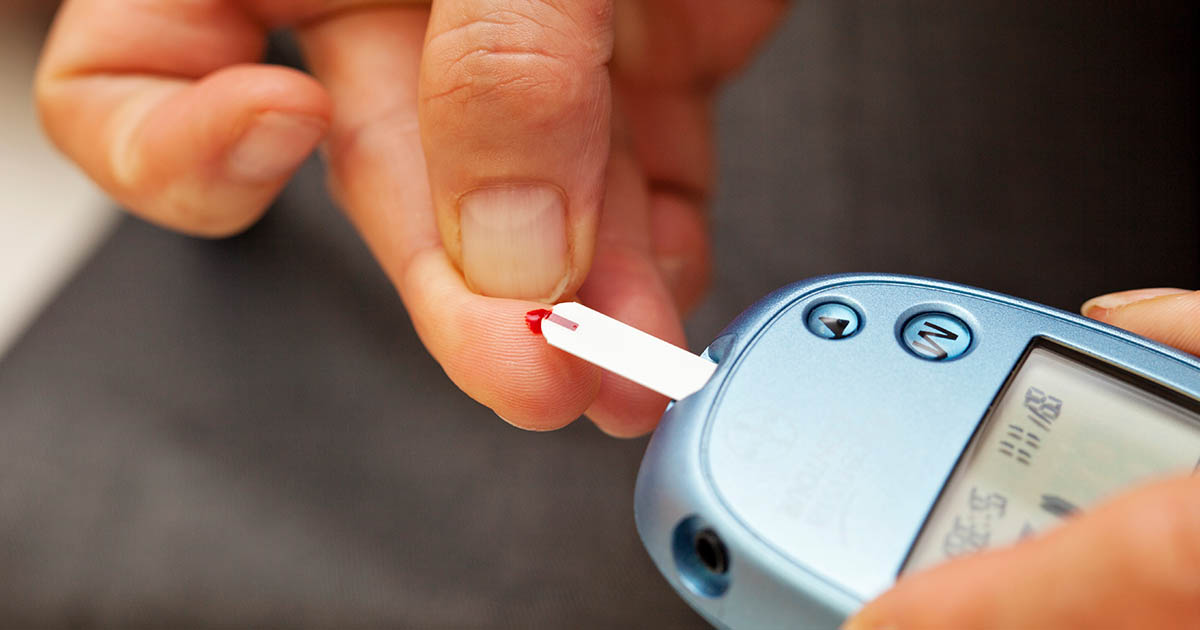How To Prevent And Treat Peripheral Vascular Disease
Manage Blood Sugar
Regardless of prediabetic or diabetic status, an individual can help prevent the development of peripheral vascular disease if they manage their blood sugar. Diabetes patients are at an increased risk of developing peripheral vascular disease because of several malfunctions that occur as a result of high blood sugar. Individuals with diabetes experience dysfunction of the endothelial tissues inside of the blood vessels, hypercoagulability of the blood, dysfunction of the vascular smooth muscle cells, and increased levels of inflammation in the body. Early intervention in type 1 diabetes patients can help improve the prognosis of long term diabetes management, lowering the general risk of developing atherosclerosis and peripheral vascular disease. The systemic form of atherosclerosis is more common in type 2 diabetes because it goes undiagnosed and unmanaged for a longer duration than type 1 diabetes. High blood sugar causes the blood to have a harder time flowing through the blood vessels and can cause high blood pressure and inflammation that also contribute to the development of peripheral vascular disease.
Read more about treating peripheral vascular disease now
Medication

Peripheral vascular disease patients may need to be treated with medication to help increase blood flow to the affected areas of the body. For some patients, changes in lifestyle habits may be sufficient for treatment. However, it is not enough for everyone. A peripheral vascular disease patient may need to take antiplatelet medications to reduce the ability of the platelets to stick together and develop blood clots. Anticoagulant medications may need to be taken to slow down the clotting cascade and impede the formation of blood clots. Statins can help lower a patient's cholesterol, which can help prevent further occlusion of the blood vessels in the lower extremities that cause peripheral vascular disease symptoms. Cilostazol is a medication peripheral vascular disease patients to dilate the blood vessels and help them walk a longer distance before experiencing claudication. Hypertension-controlling drugs are also commonly used to decrease the chances of further blood vessel damage.
Discover additional treatments for peripheral vascular disease now.
